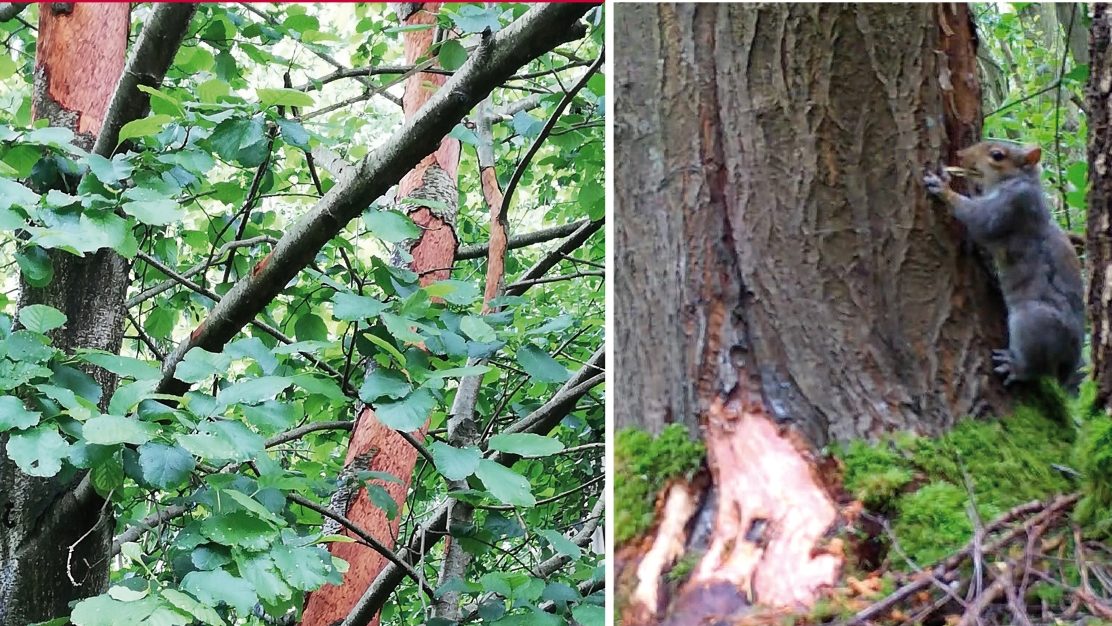Grey squirrels remain top threat to broadleaf woodland: 2021 survey results
Grey squirrels are still rated the number one threat to our broadleaf woodlands – ahead of diseases like Ash Dieback - according to the results of a survey of nearly 800 woodlands owners, land managers and other experts.

Grey squirrels are still rated the number one threat to our broadleaf woodlands – ahead of diseases like Ash Dieback – according to the results of a survey of nearly 800 woodlands owners, land managers and other experts.
It is the grey squirrel’s habit of stripping bark, that causes devastating and sometimes fatal damage to many species of broadleaf trees. This means current efforts to drive up the rate of new woodland creation may leave a disappointing legacy if effective grey squirrel control is not implemented and many of the newly planted trees are damaged.
Survey results reveal little is being done to manage grey squirrels at a landscape scale and many respondents felt they had insufficient training and/or knowledge to implement existing control methods effectively.
The survey, by the woodland education charity the Royal Forestry Society (RFS), followed up on a similar one seven years ago which had also named the grey squirrel as the number one threat. Since then, options for all rodent control have narrowed and survey respondents report widespread concern that no existing control method is very effective. There is however widespread support for immunocontraceptive research supported by the UK Squirrel Accord and for the introduction of predatory species such as pine martens in some areas, although it is recognised there are limited suitable habitats in lowland England for such introductions.
Two thirds (66%) of respondents ranked the grey squirrel threat to broadleaf woodland as high or very high compared with 62% for pathogens already present in the UK (such as Ash Dieback and Acute Oak Decline) and 38% for deer – a figure that has changed little from a similar survey by the RFS in 2014. The highest number of responses came from the South East and South West of England and the West Midlands where grey squirrel densities are among the highest.
Some of our best loved trees are among those respondents report as being the most frequently damaged – sycamore, oak and beech followed by sweet chestnut, field maple, birch and hornbeam. All conifer species are ranked lower than broadleaf species but some damage is reported.
More than 40% of respondents use various silvicultural practices to mitigate the risk of grey squirrel damage including growing tree species which are least susceptible to grey squirrel damage such as wild cherry, lime, yew or conifers.
Although it is generally recognised that grey squirrel control is only really effective when carried on a landscape scale, 90% report no coordination any aspect of grey squirrel control with neighbours.

